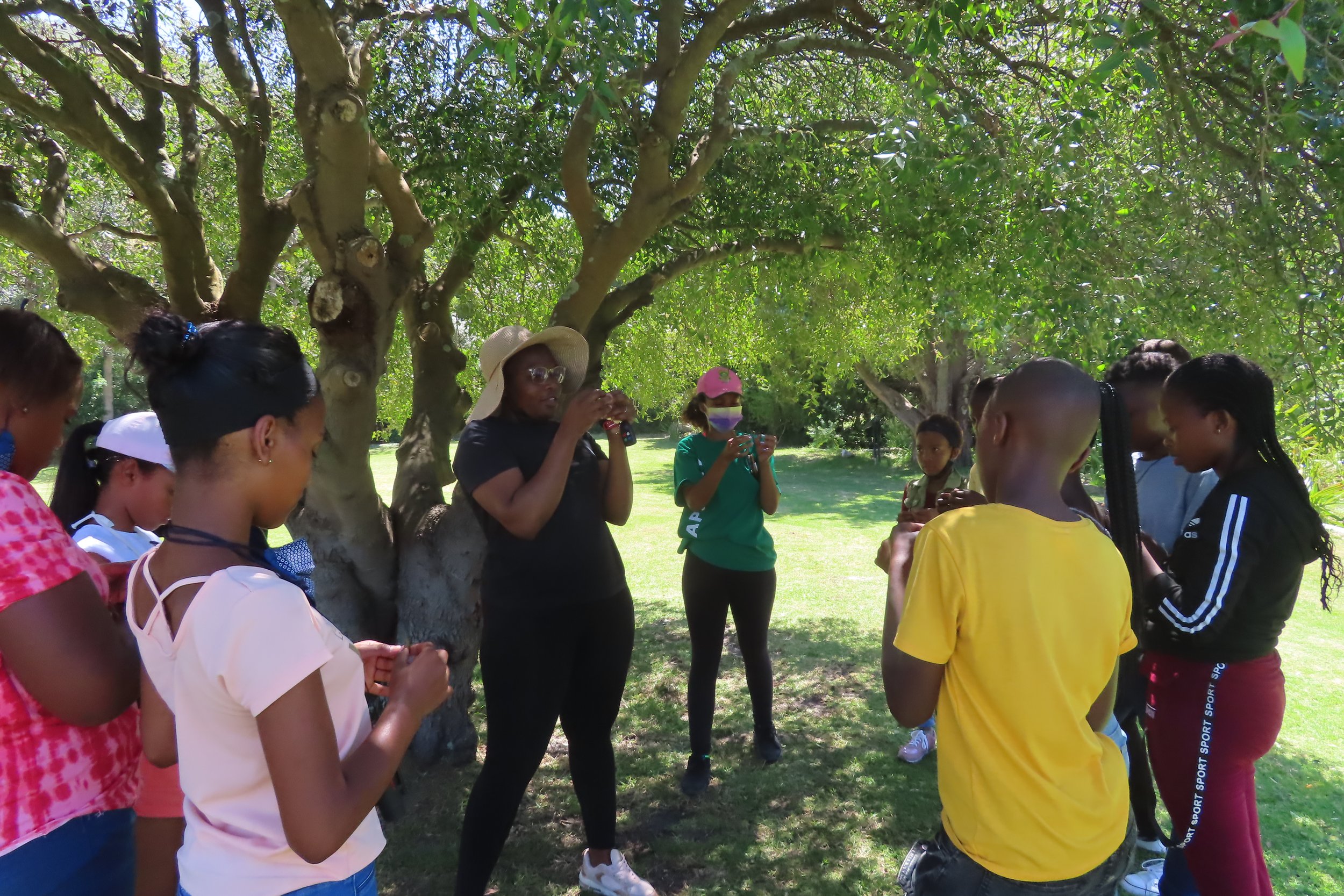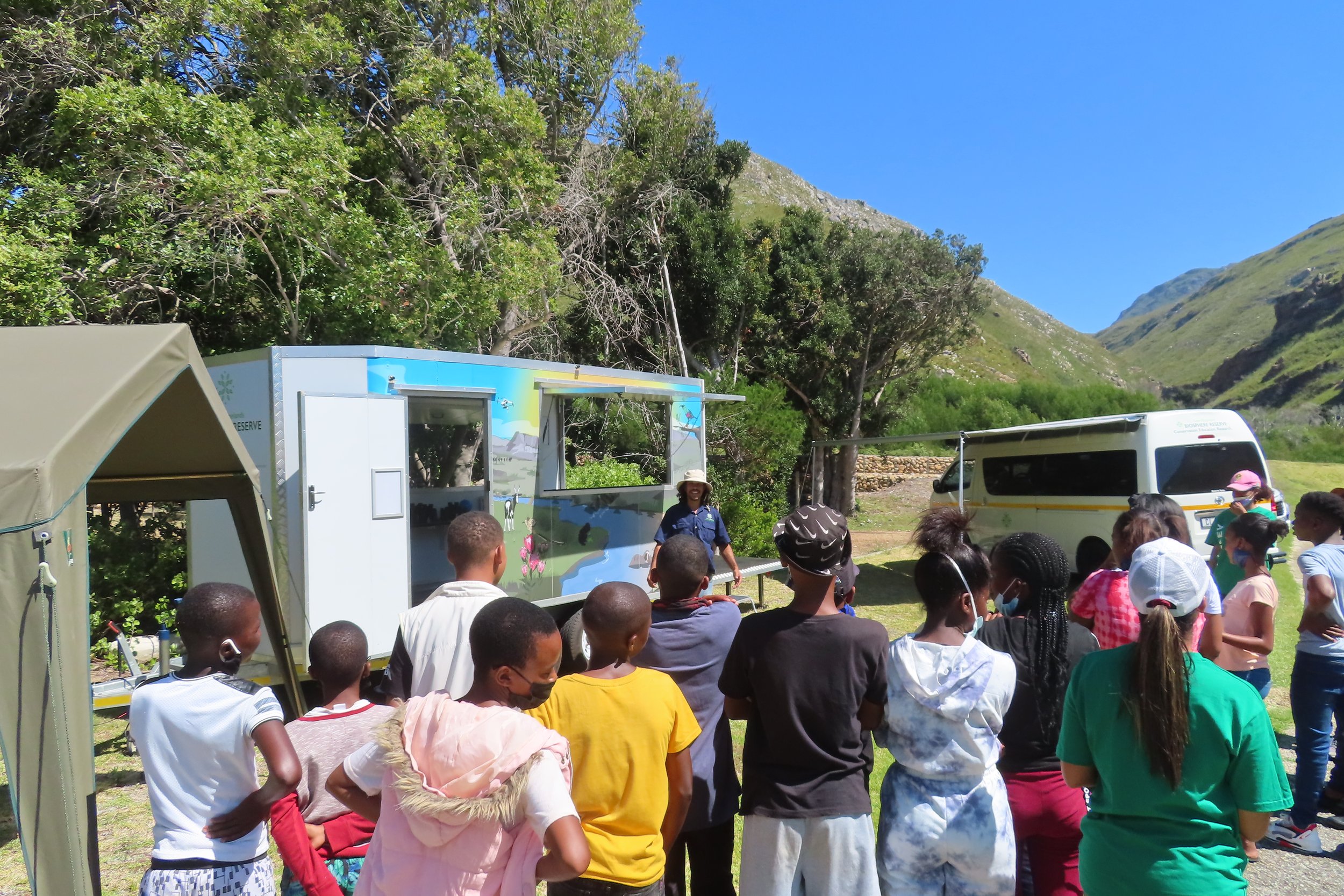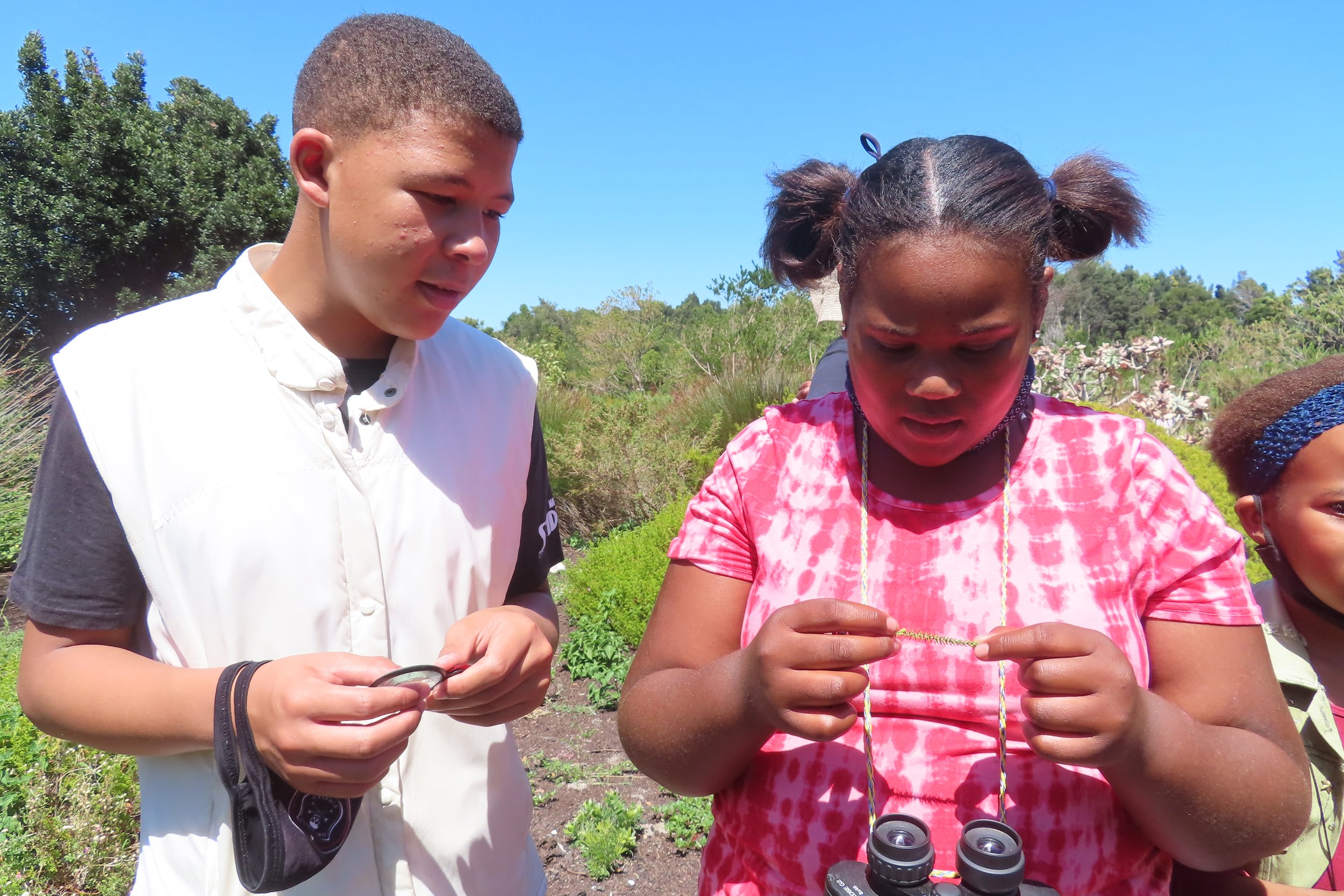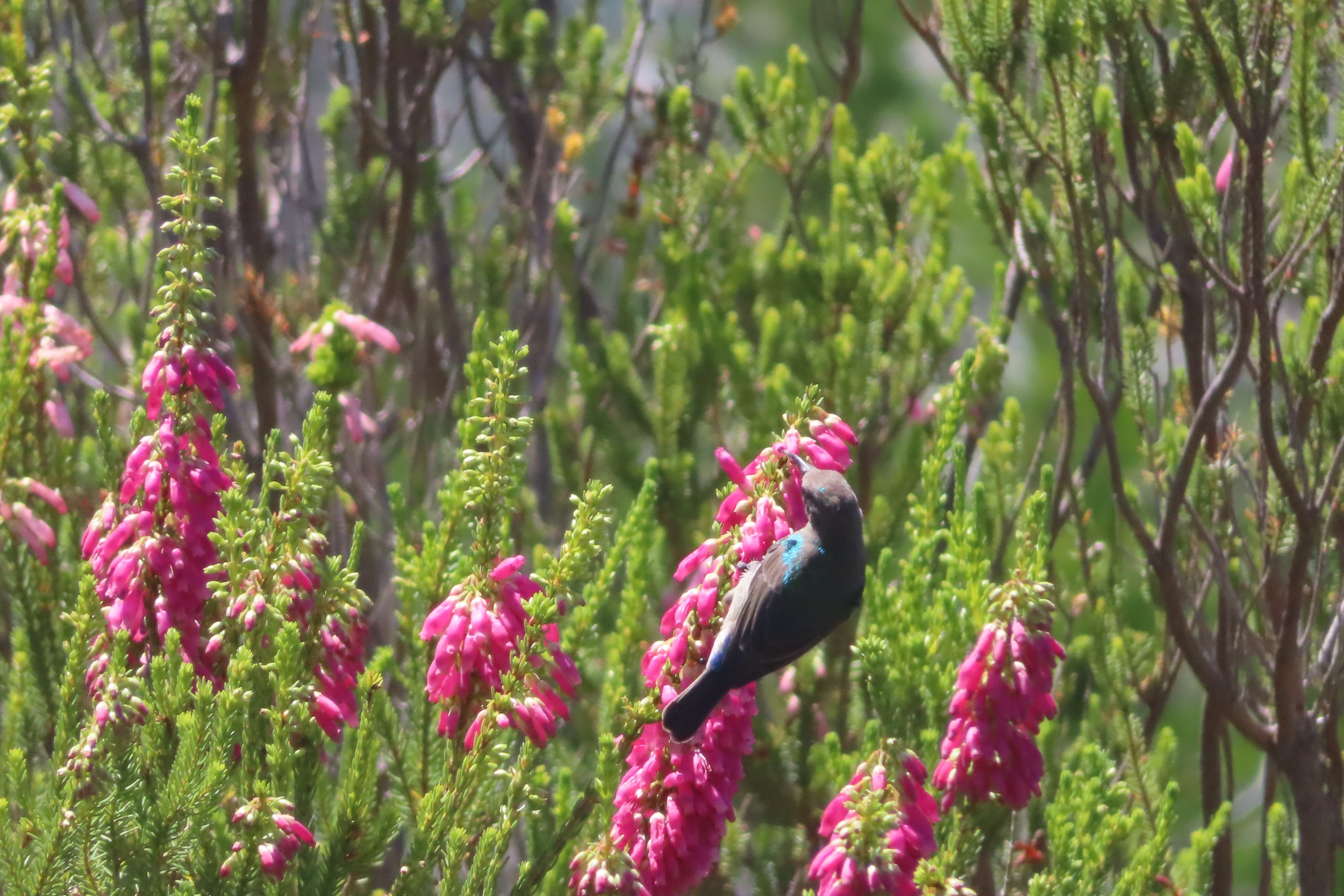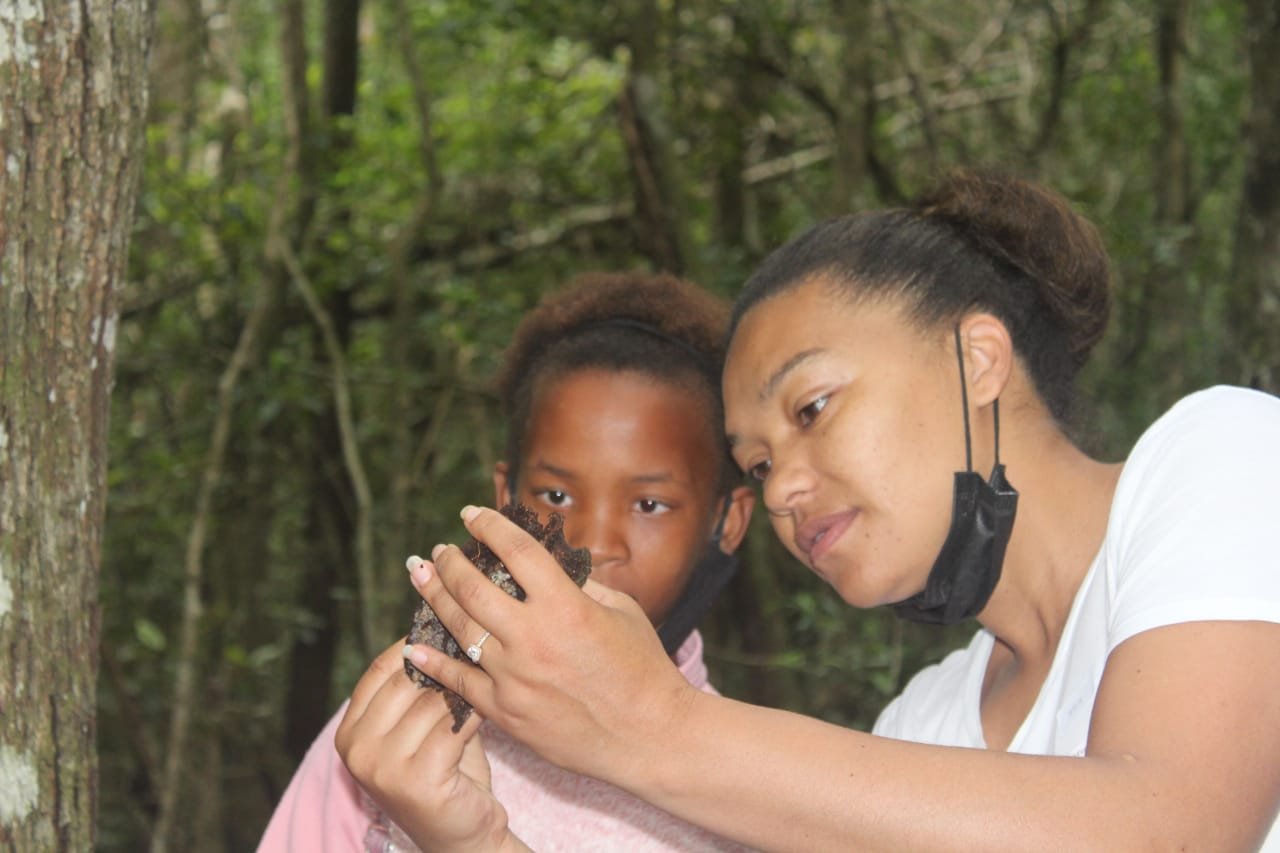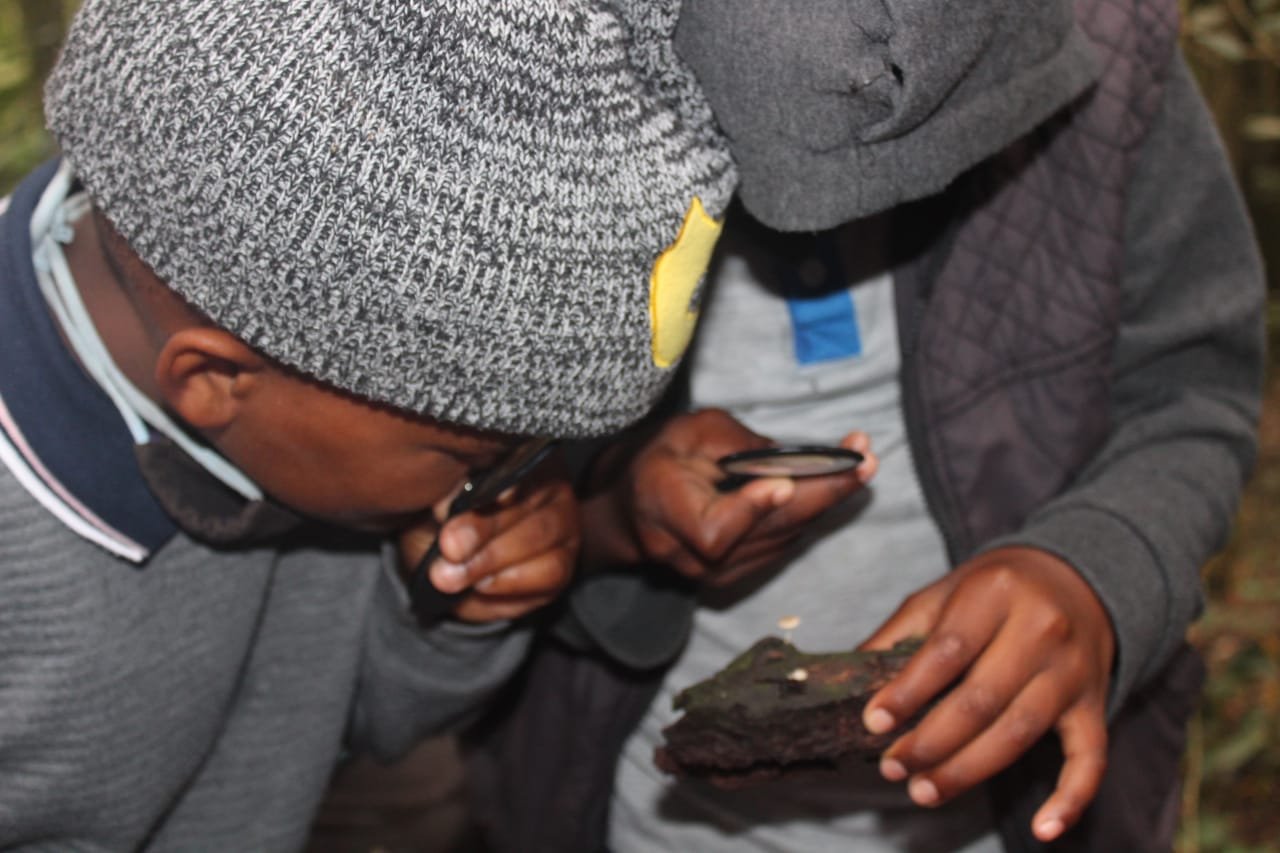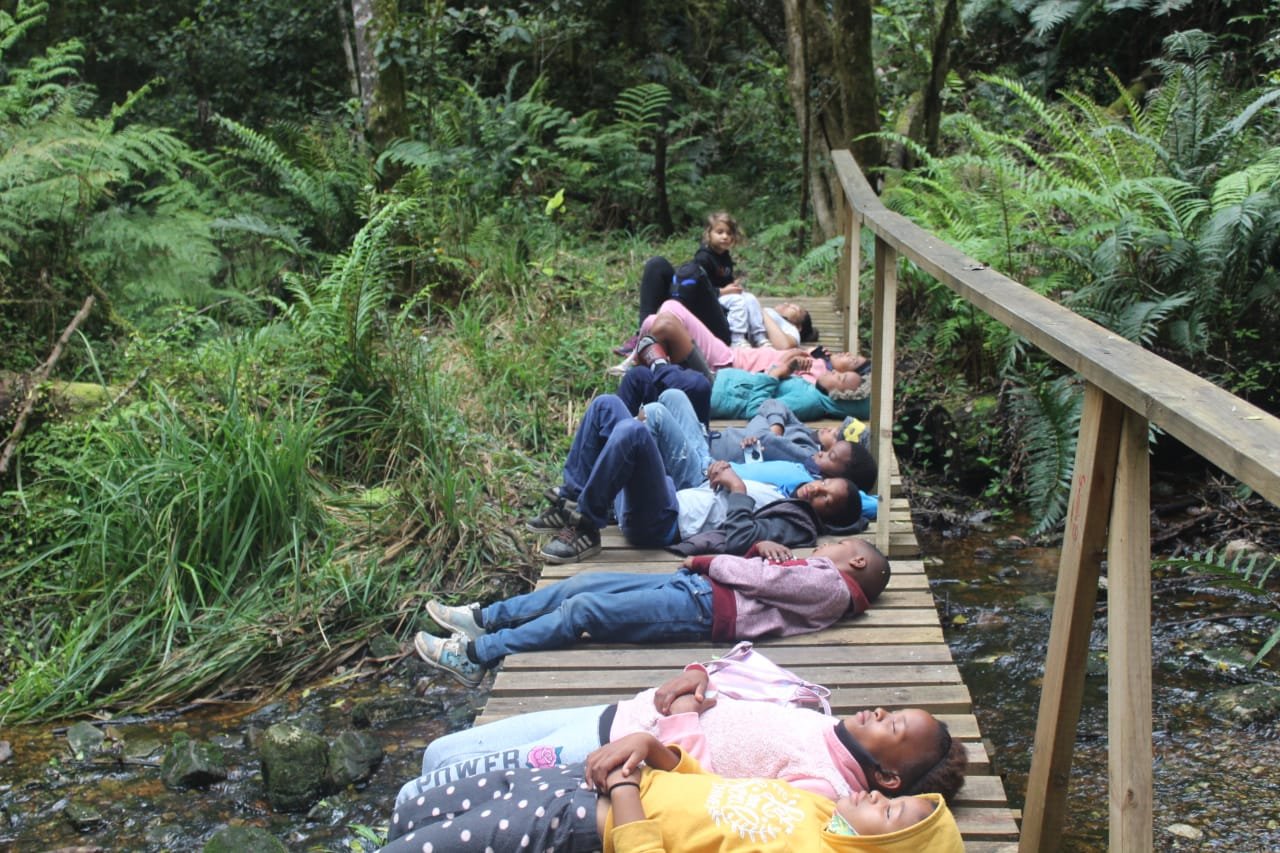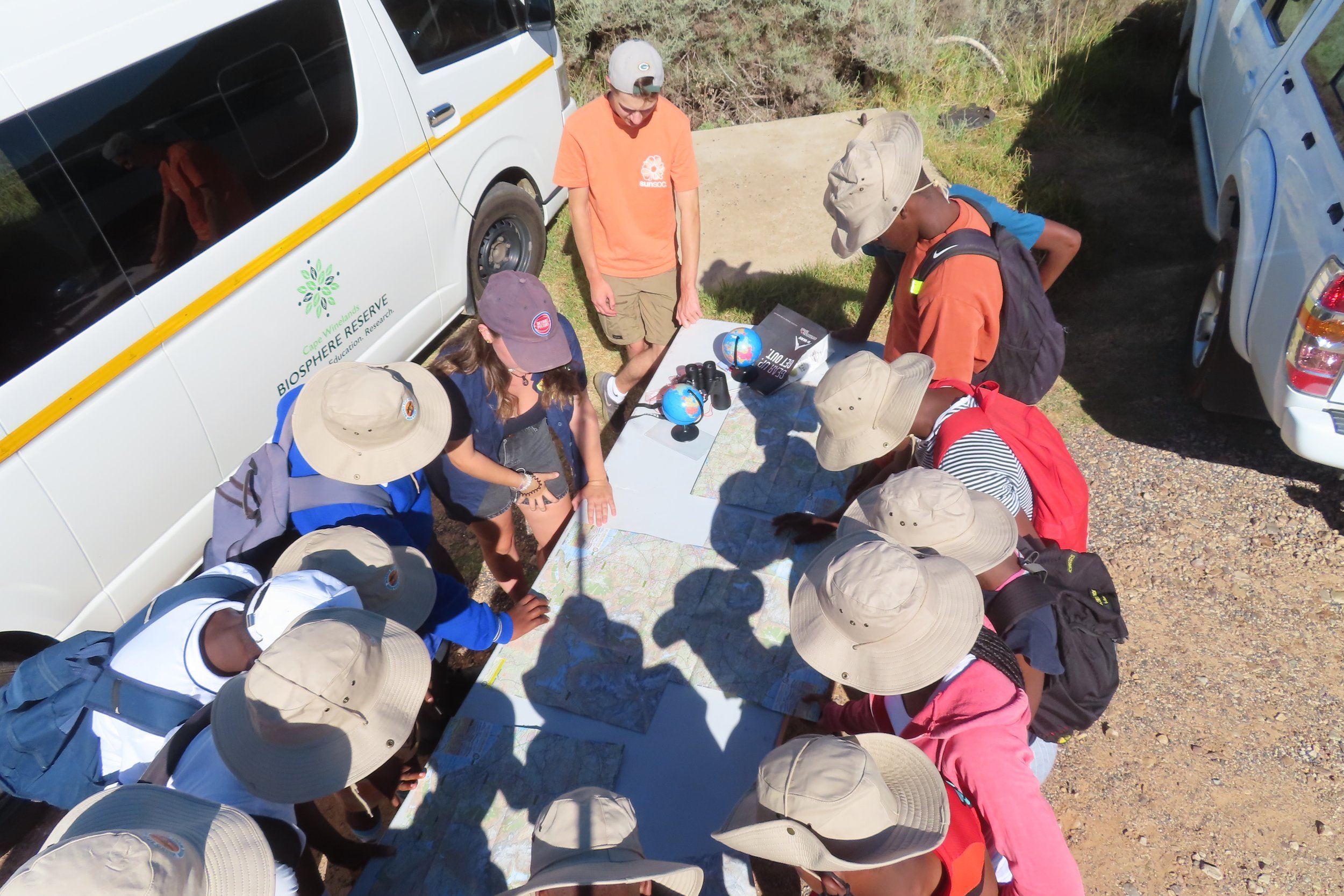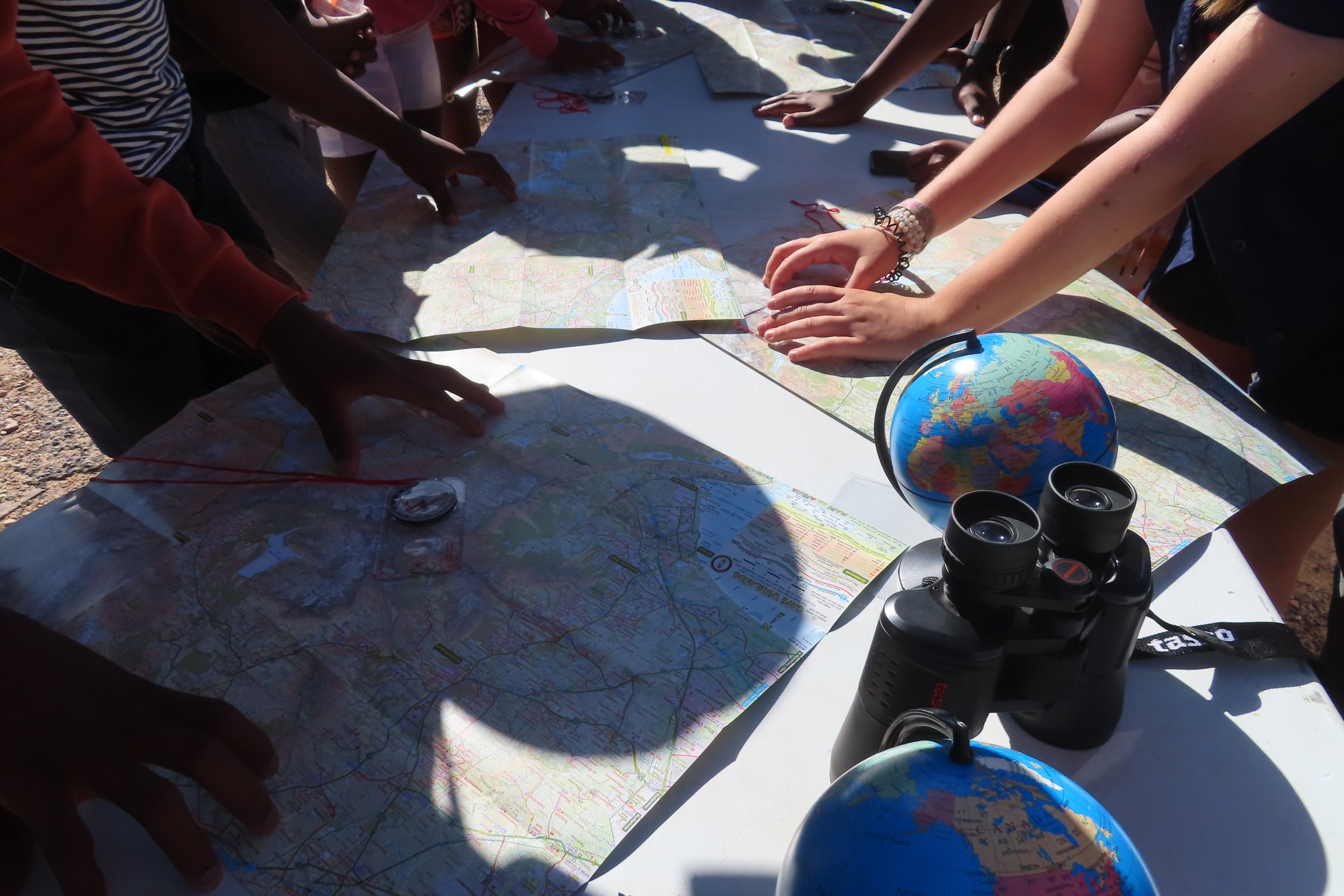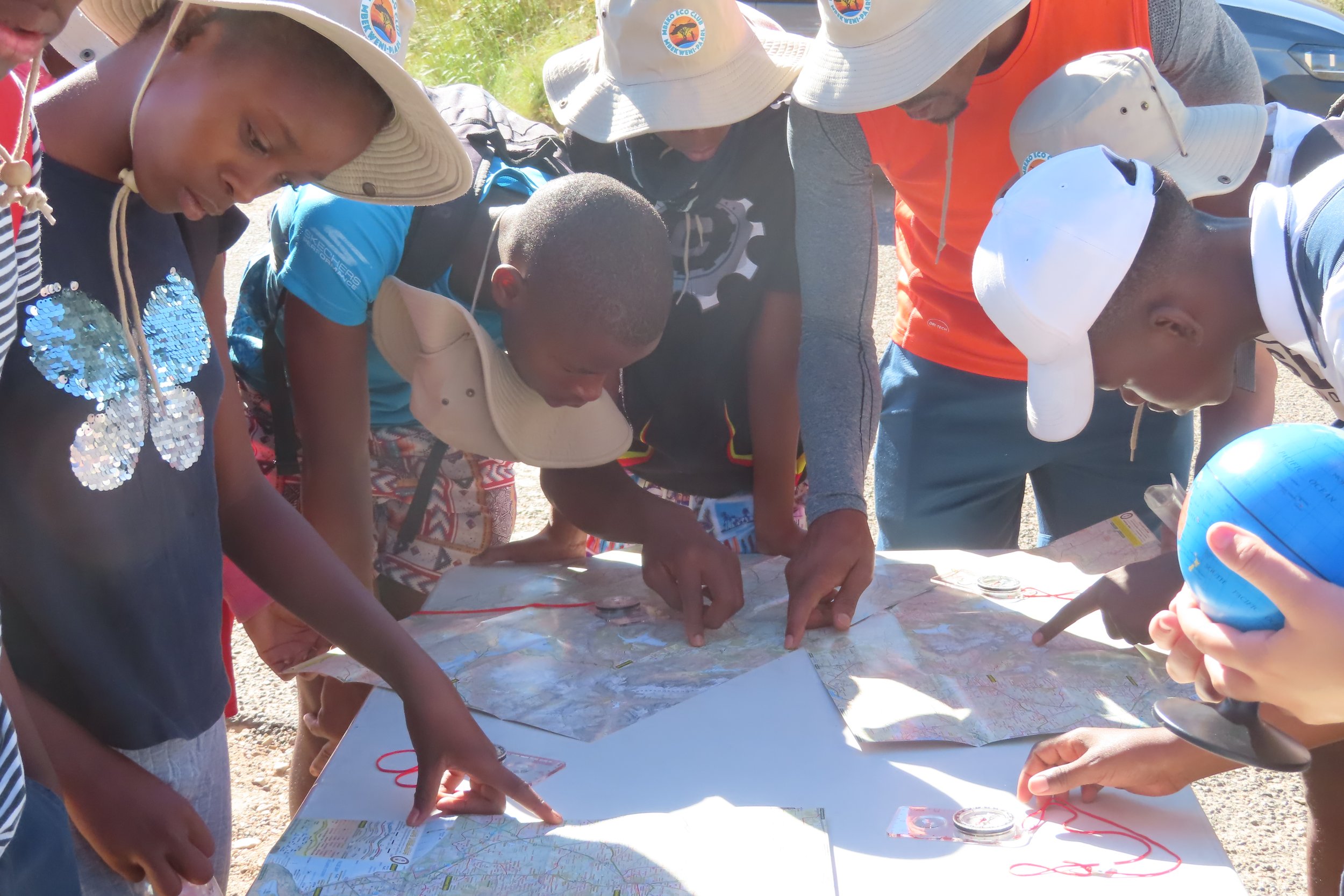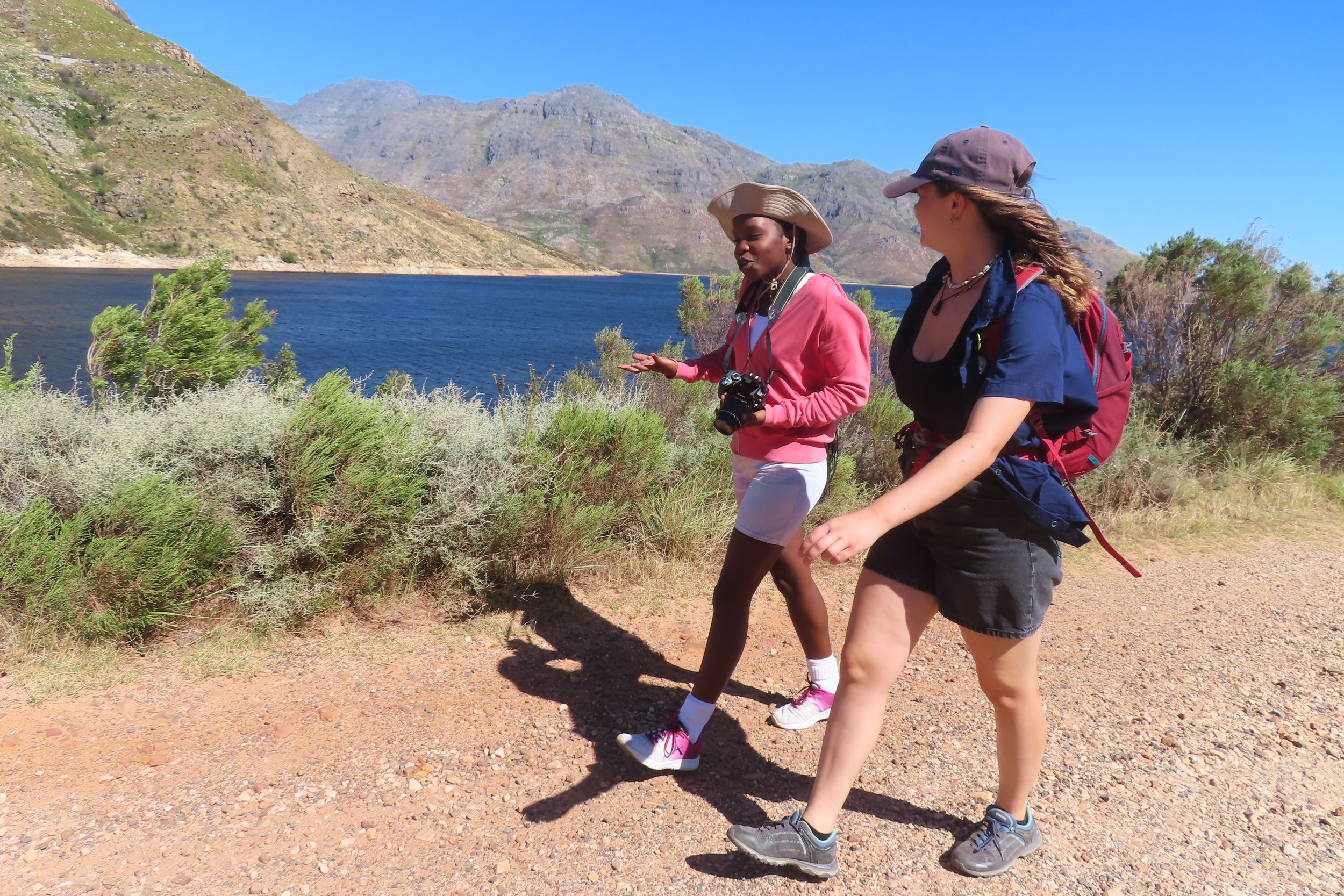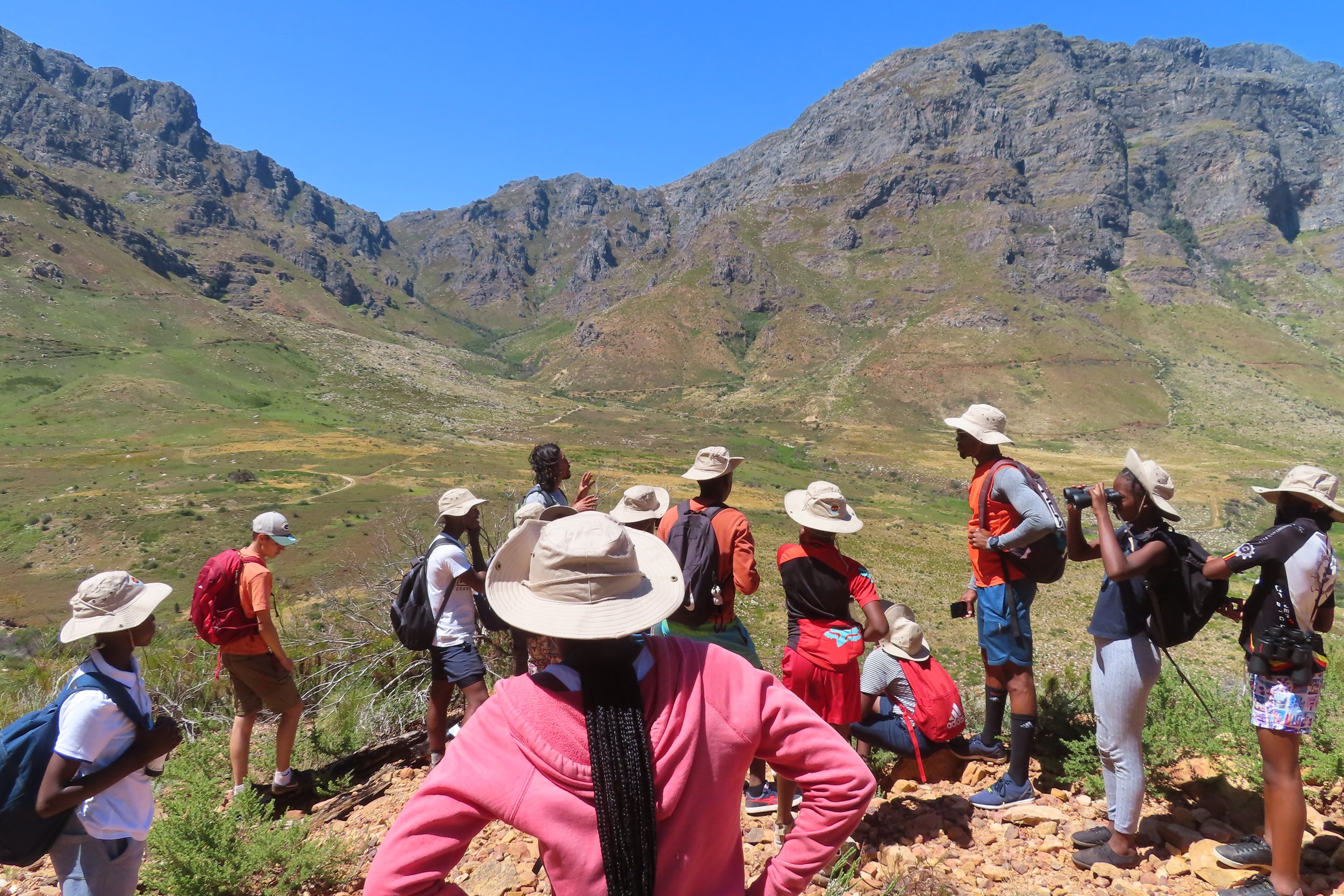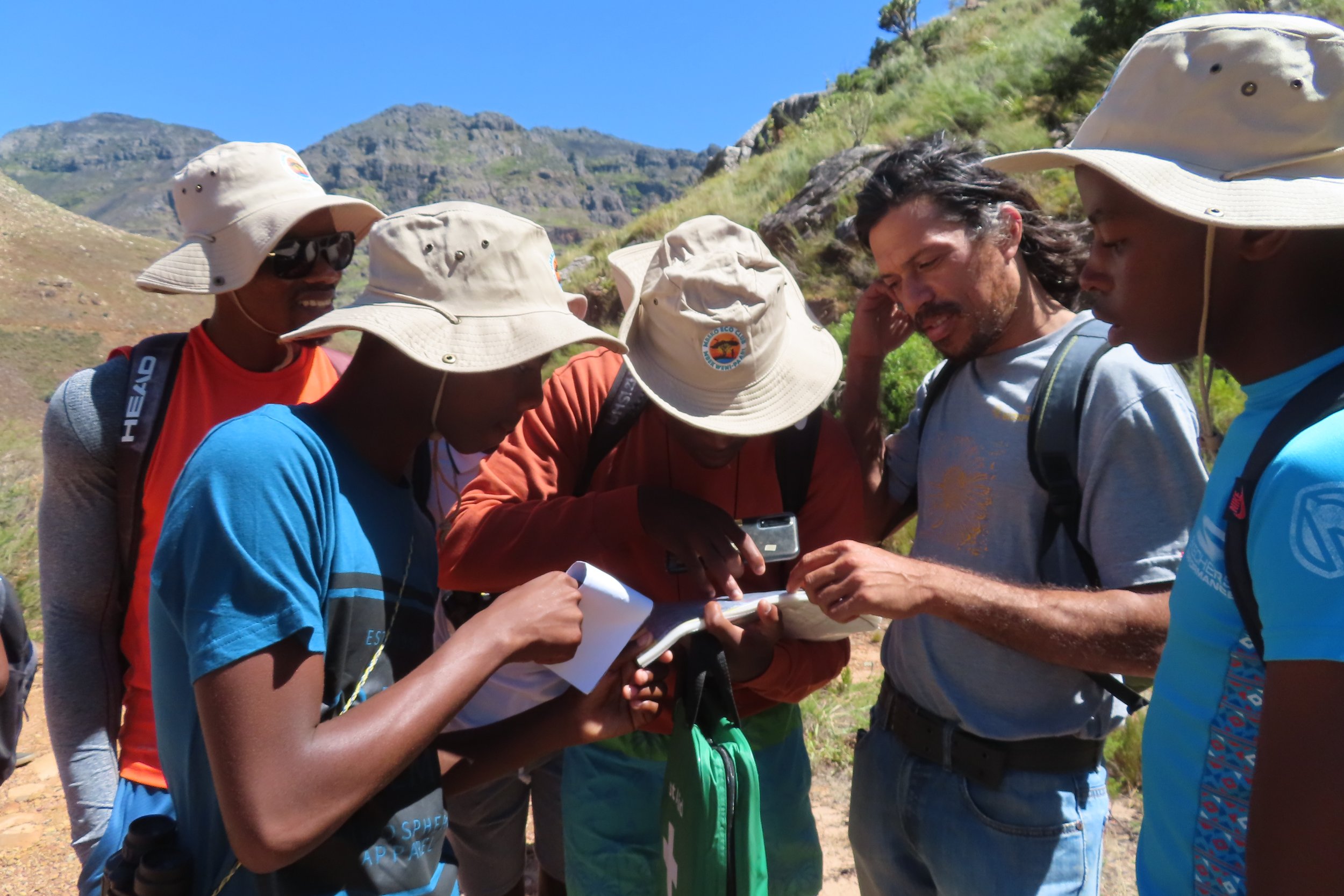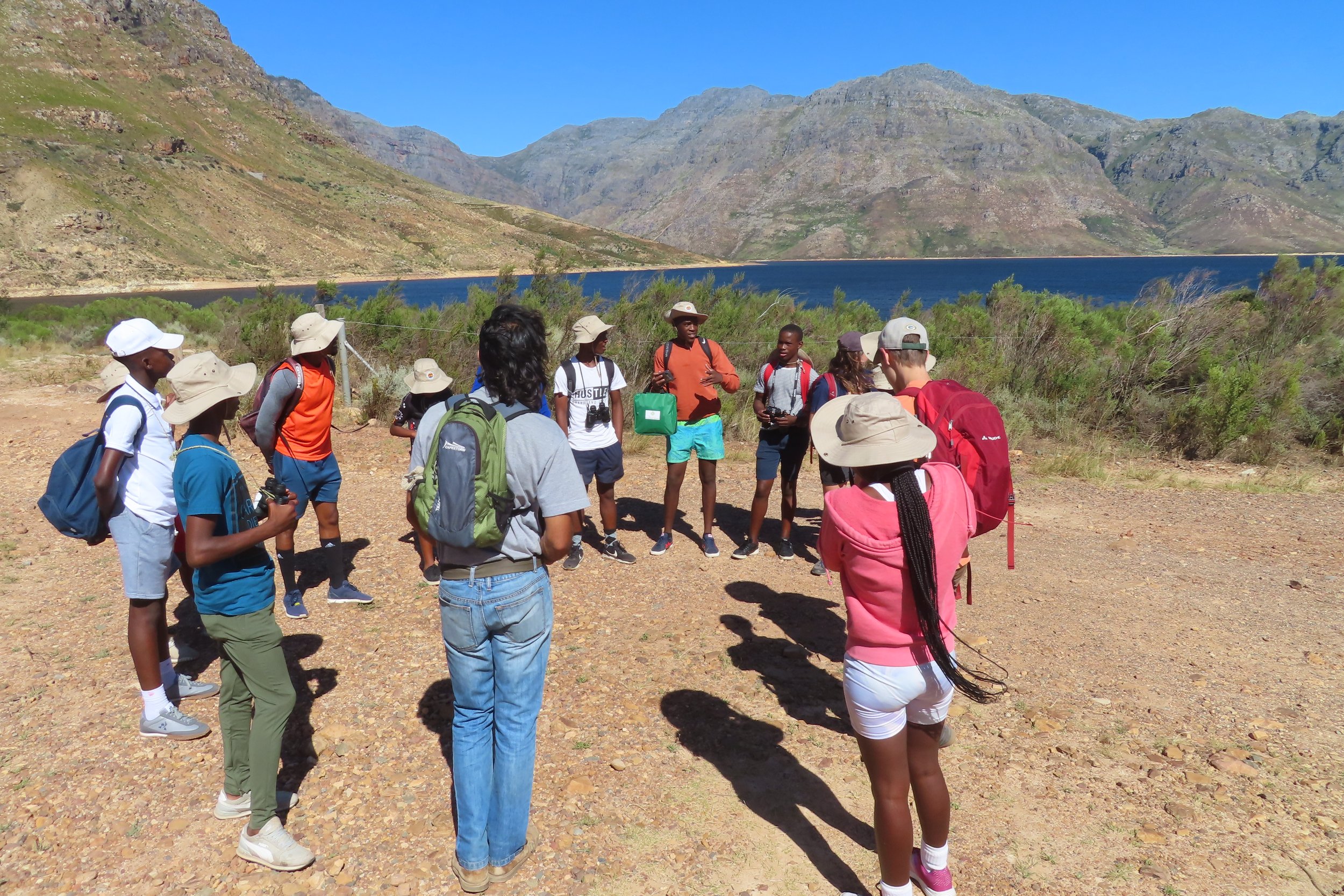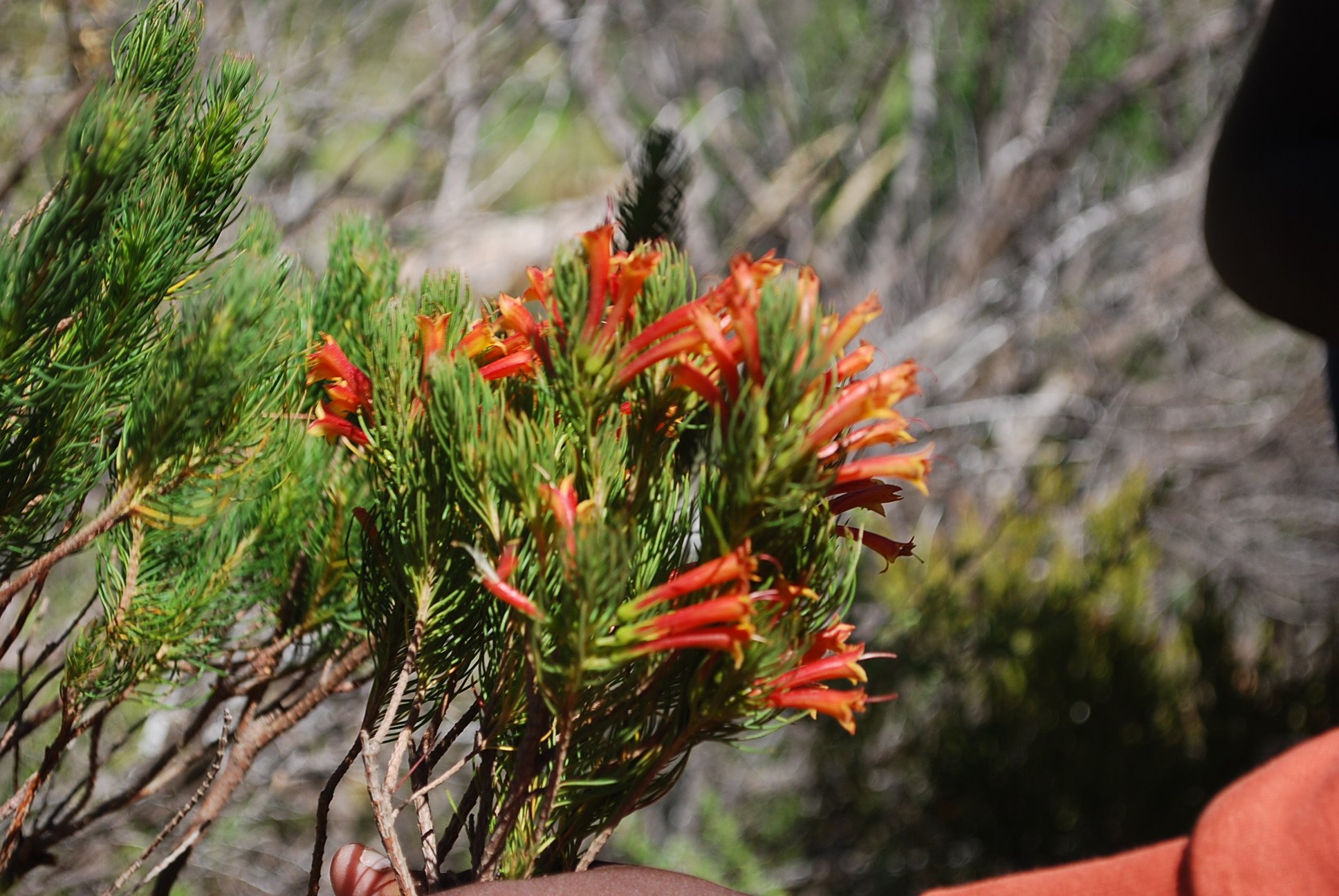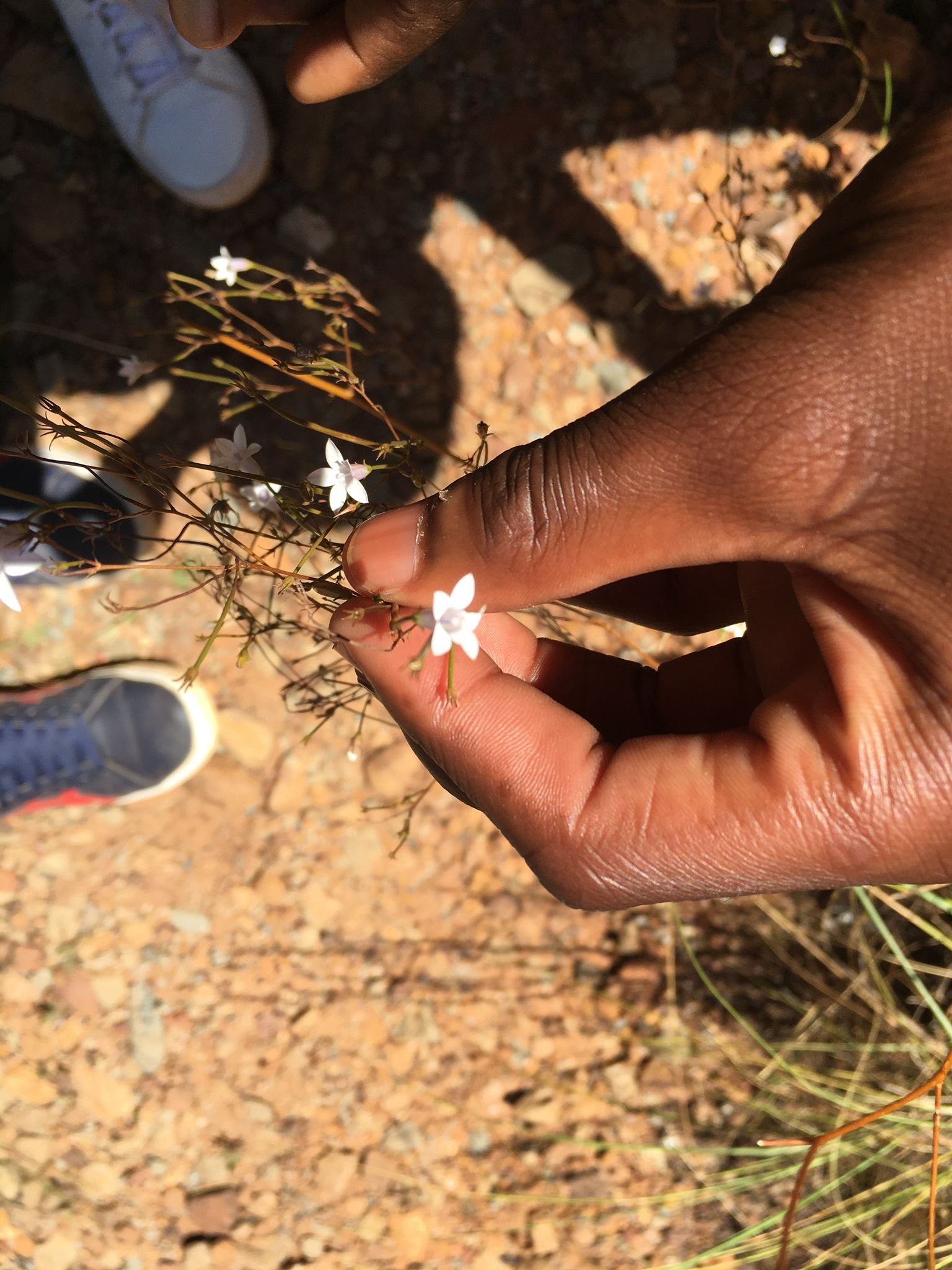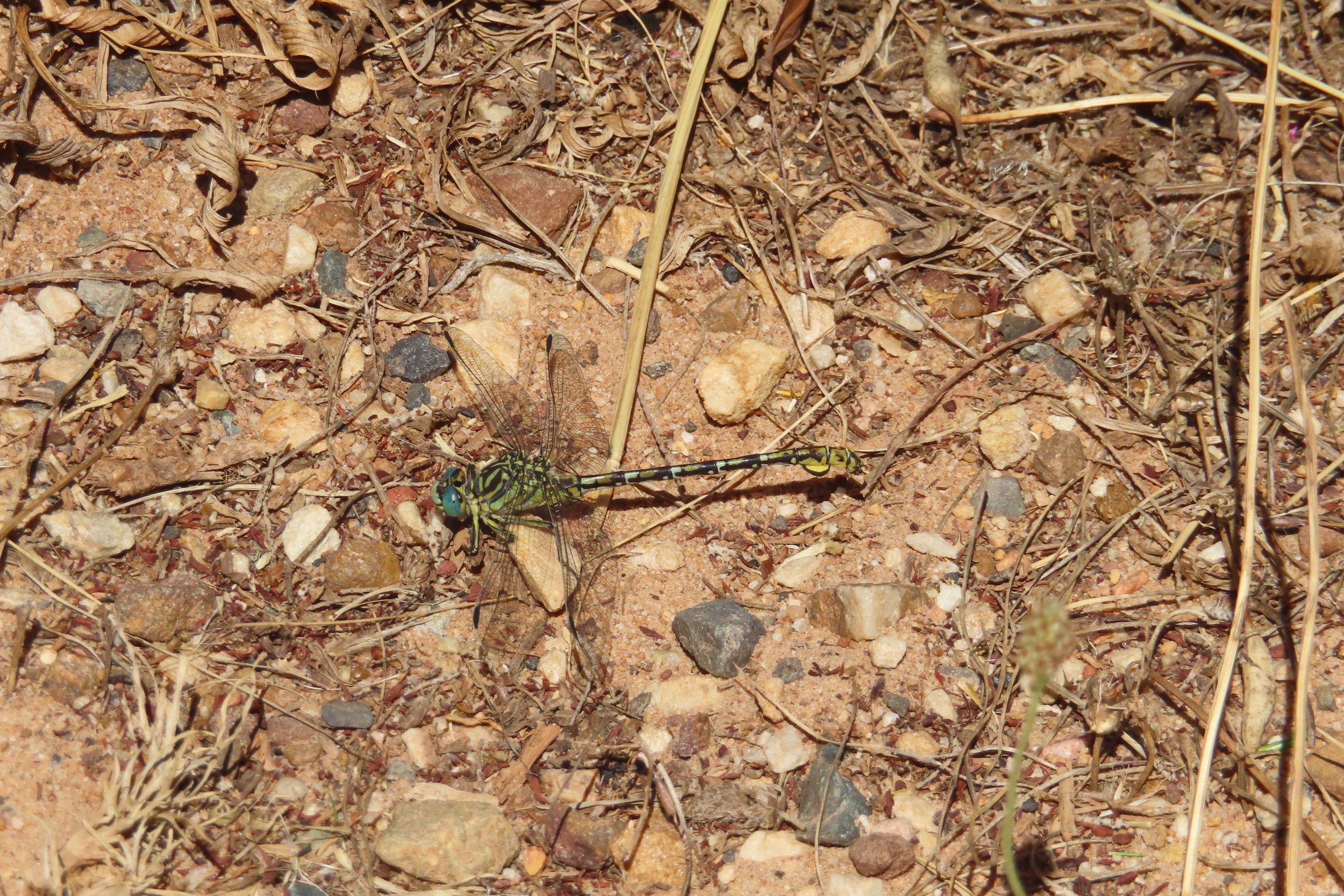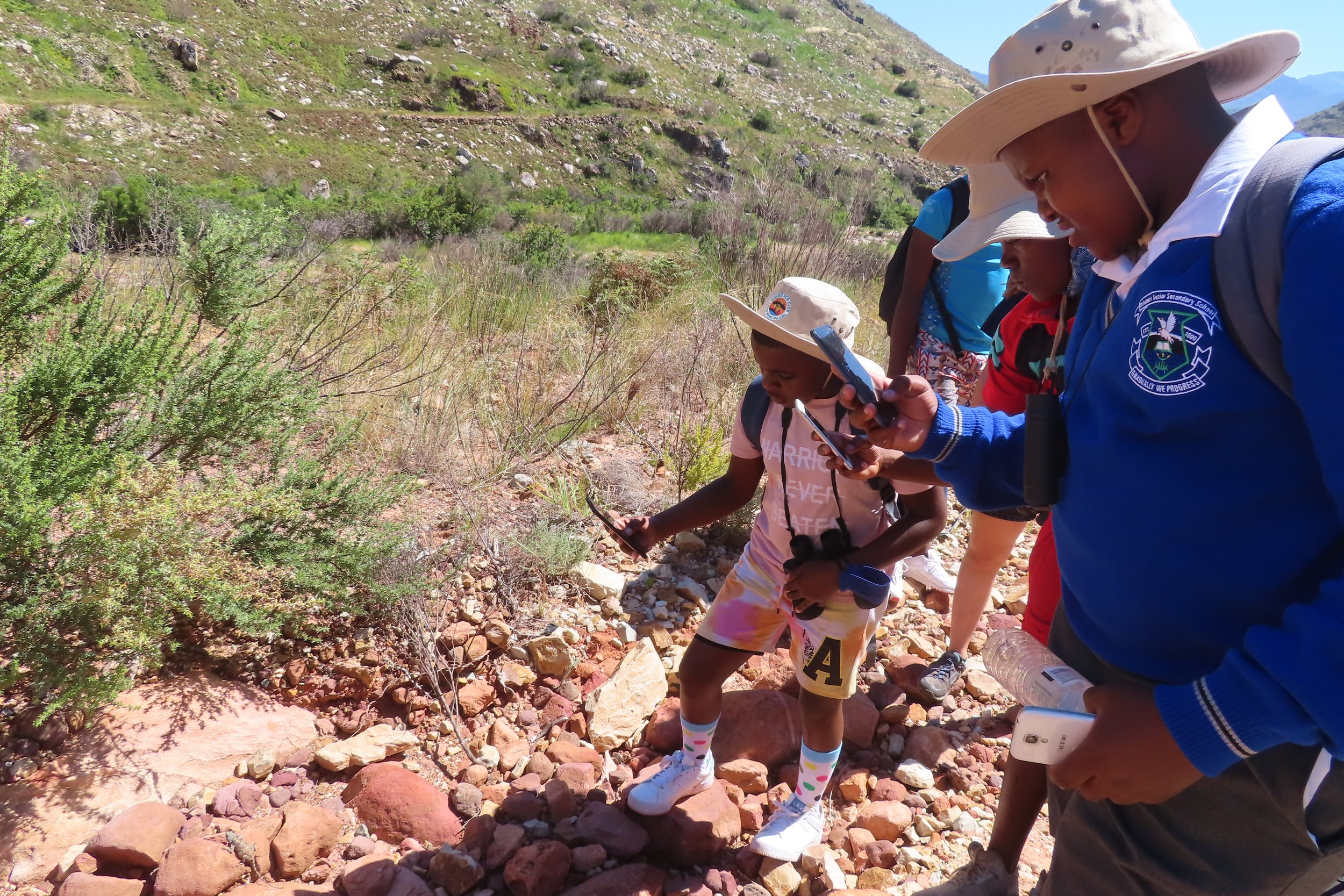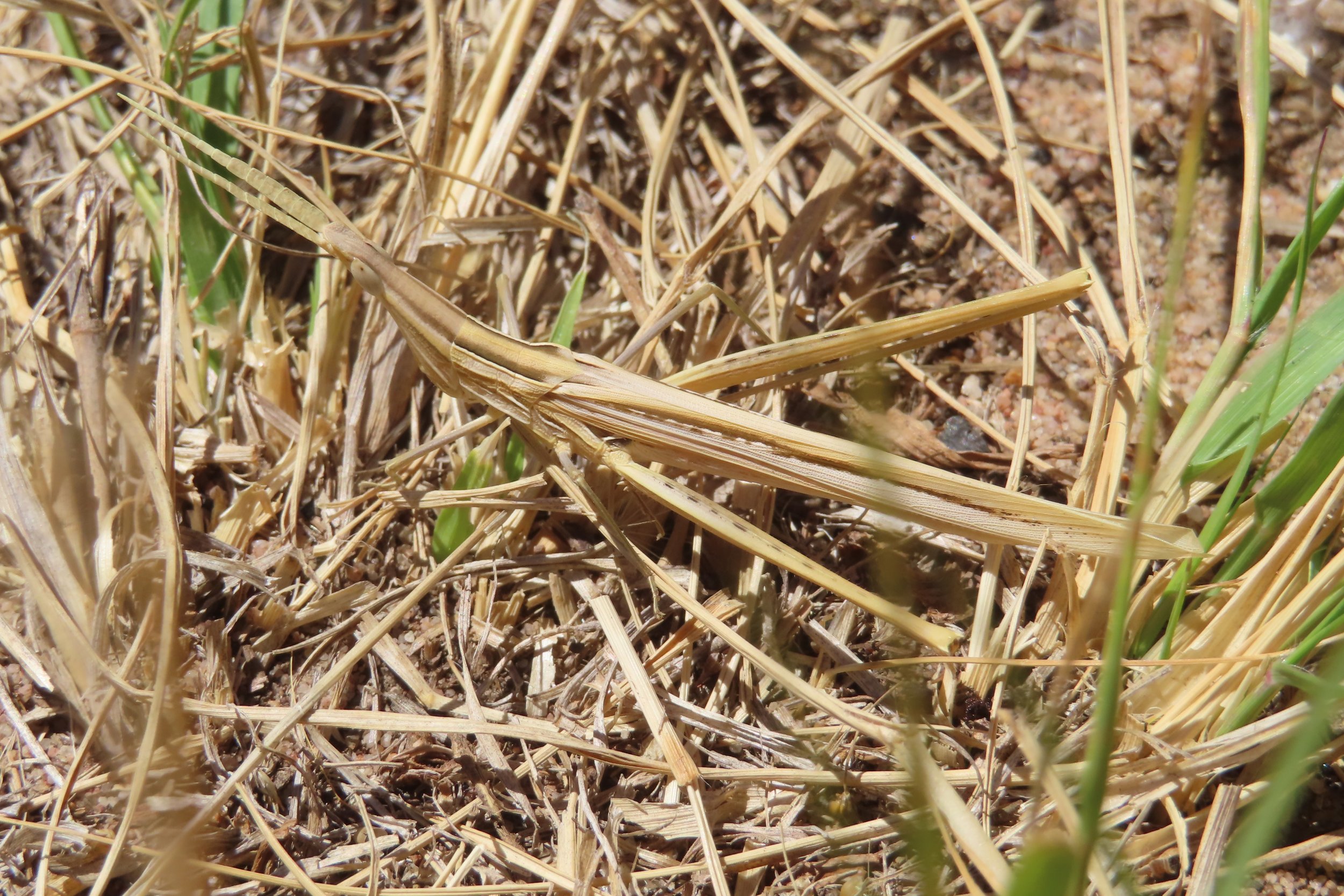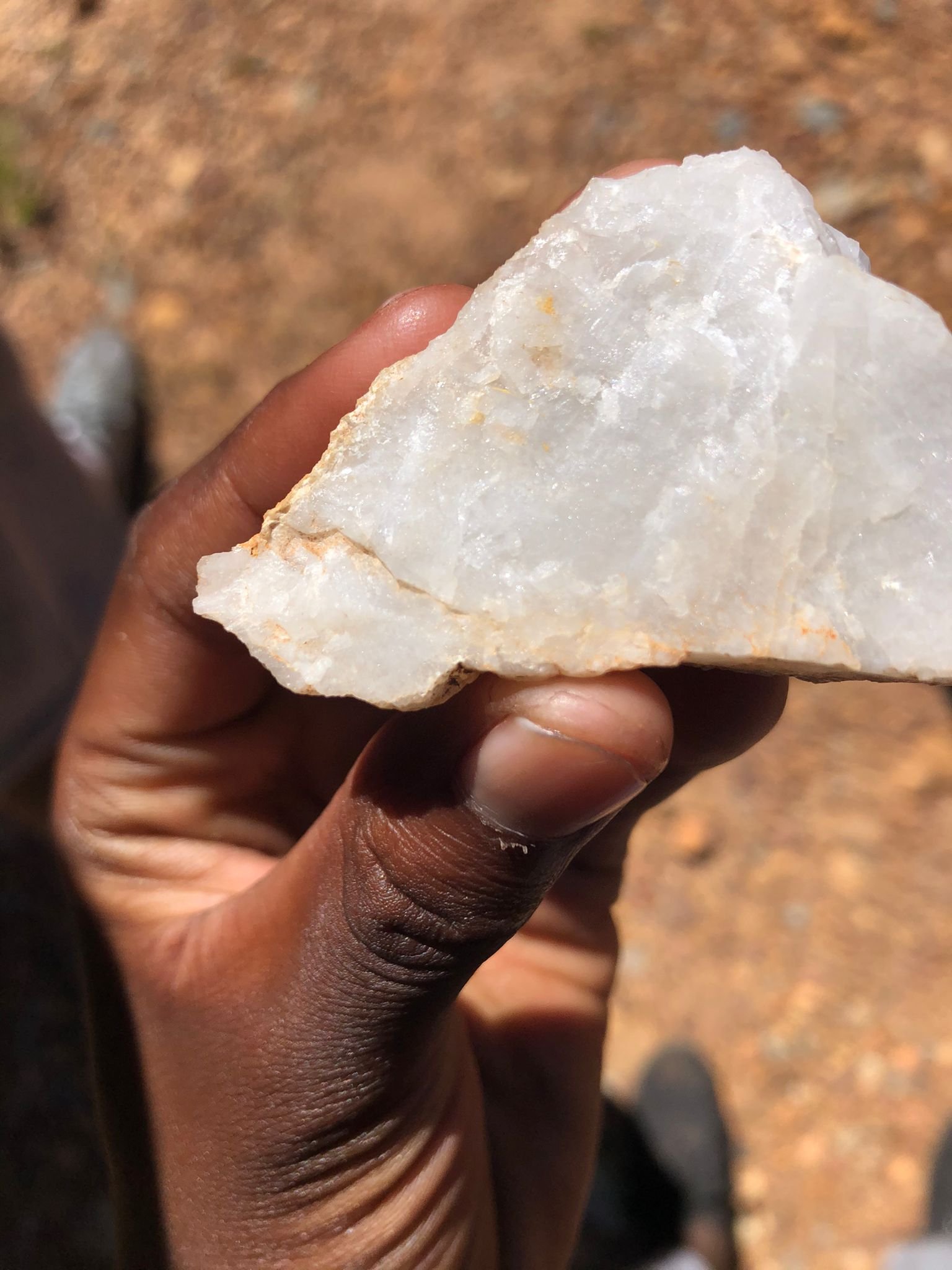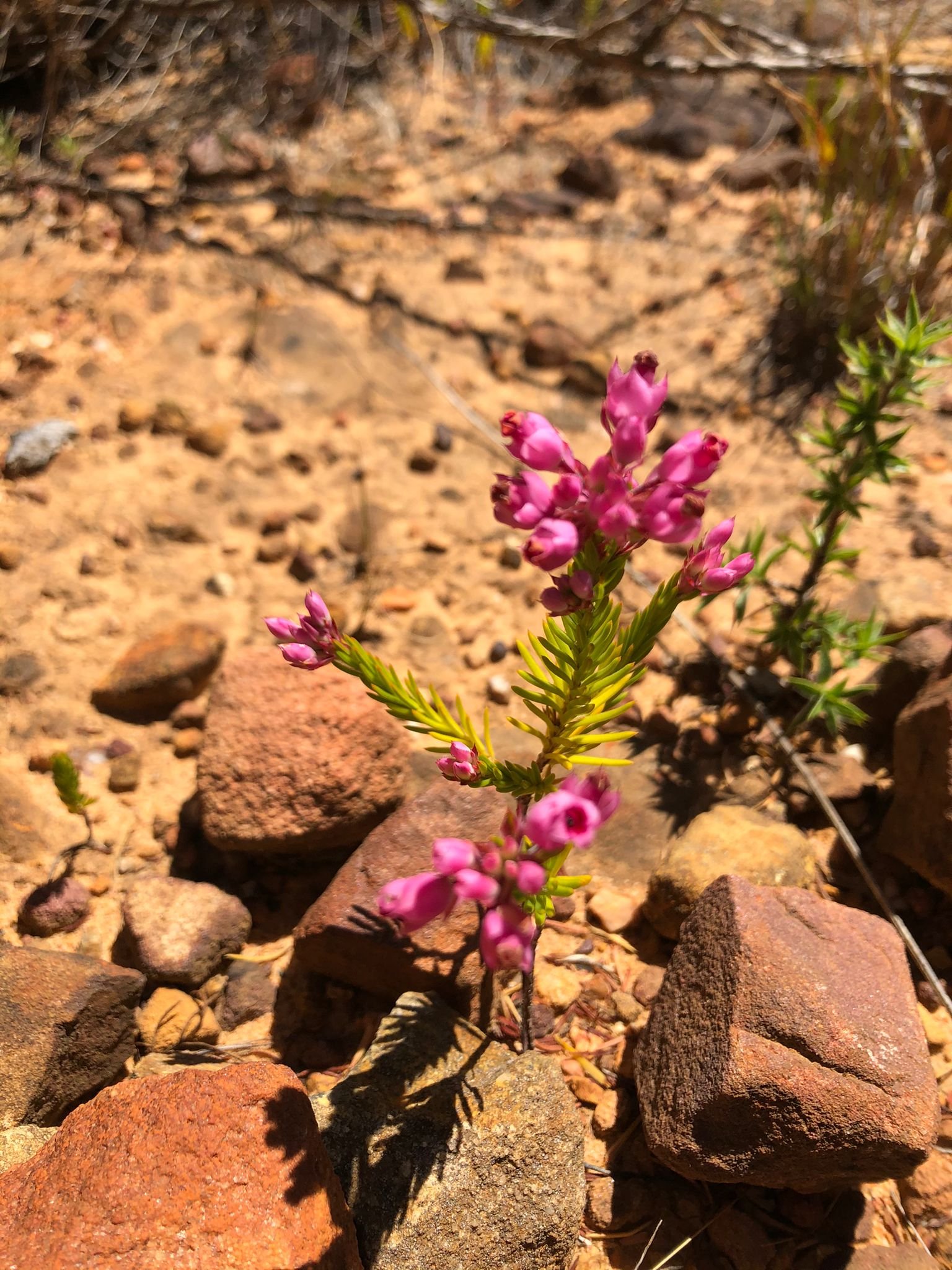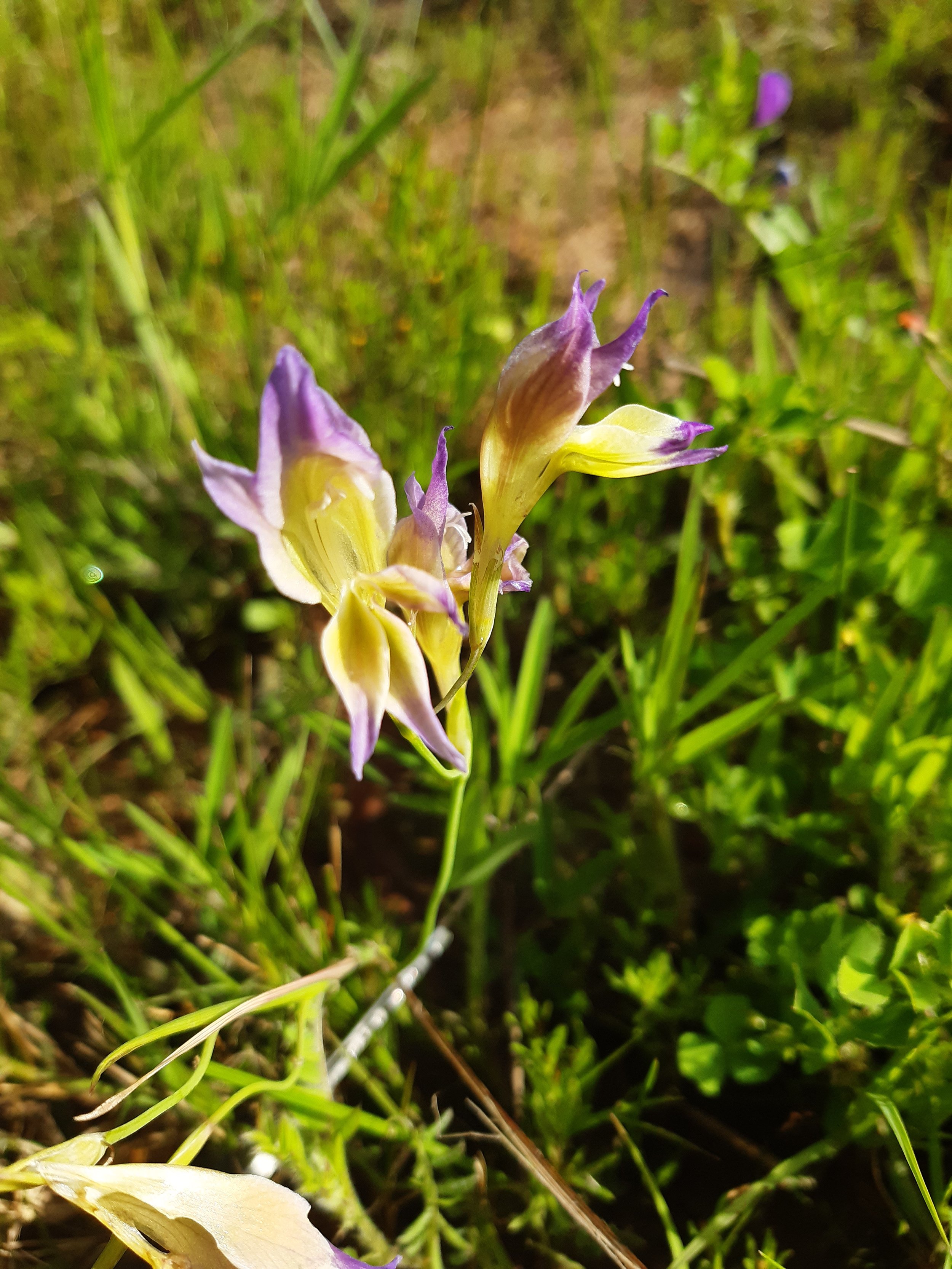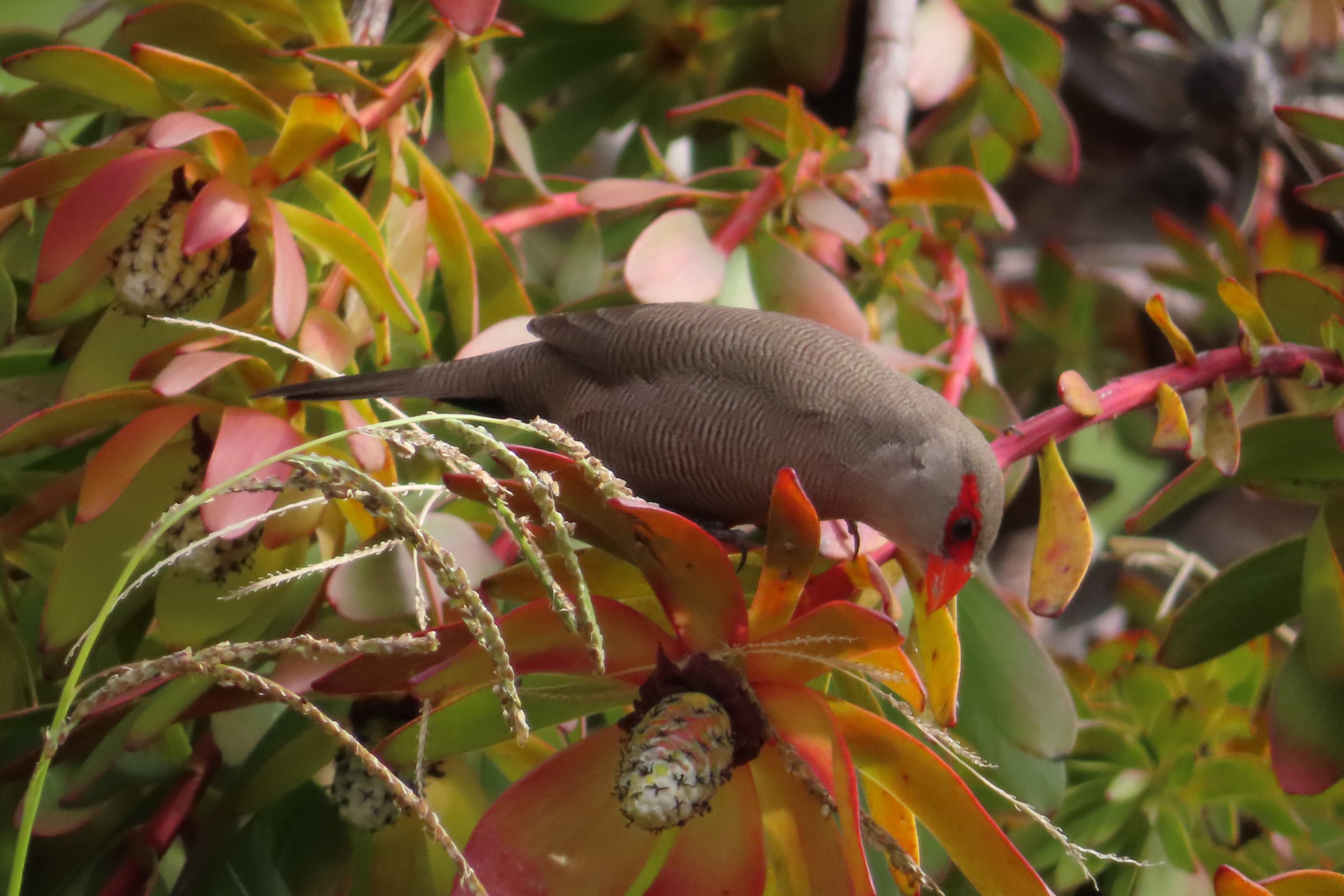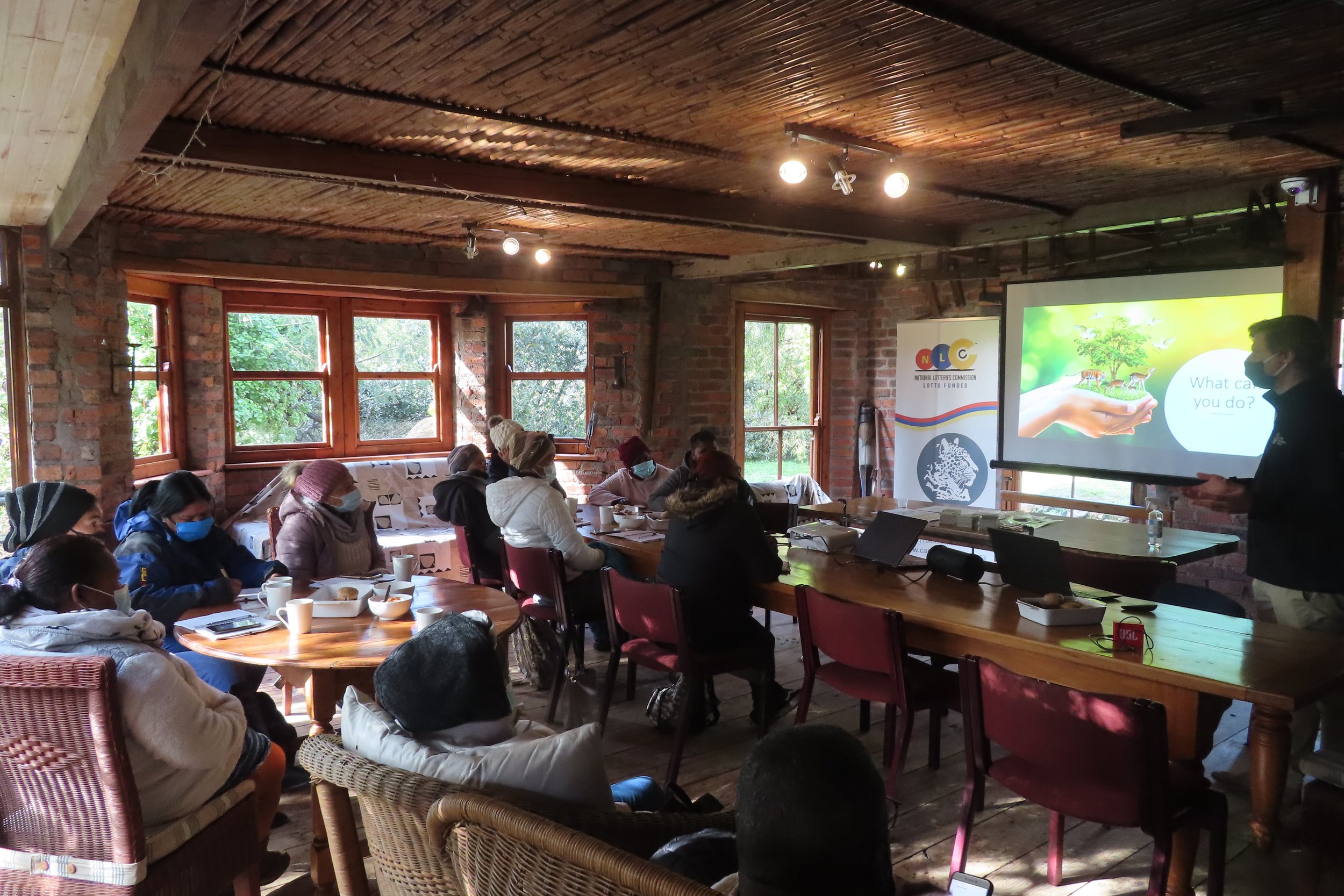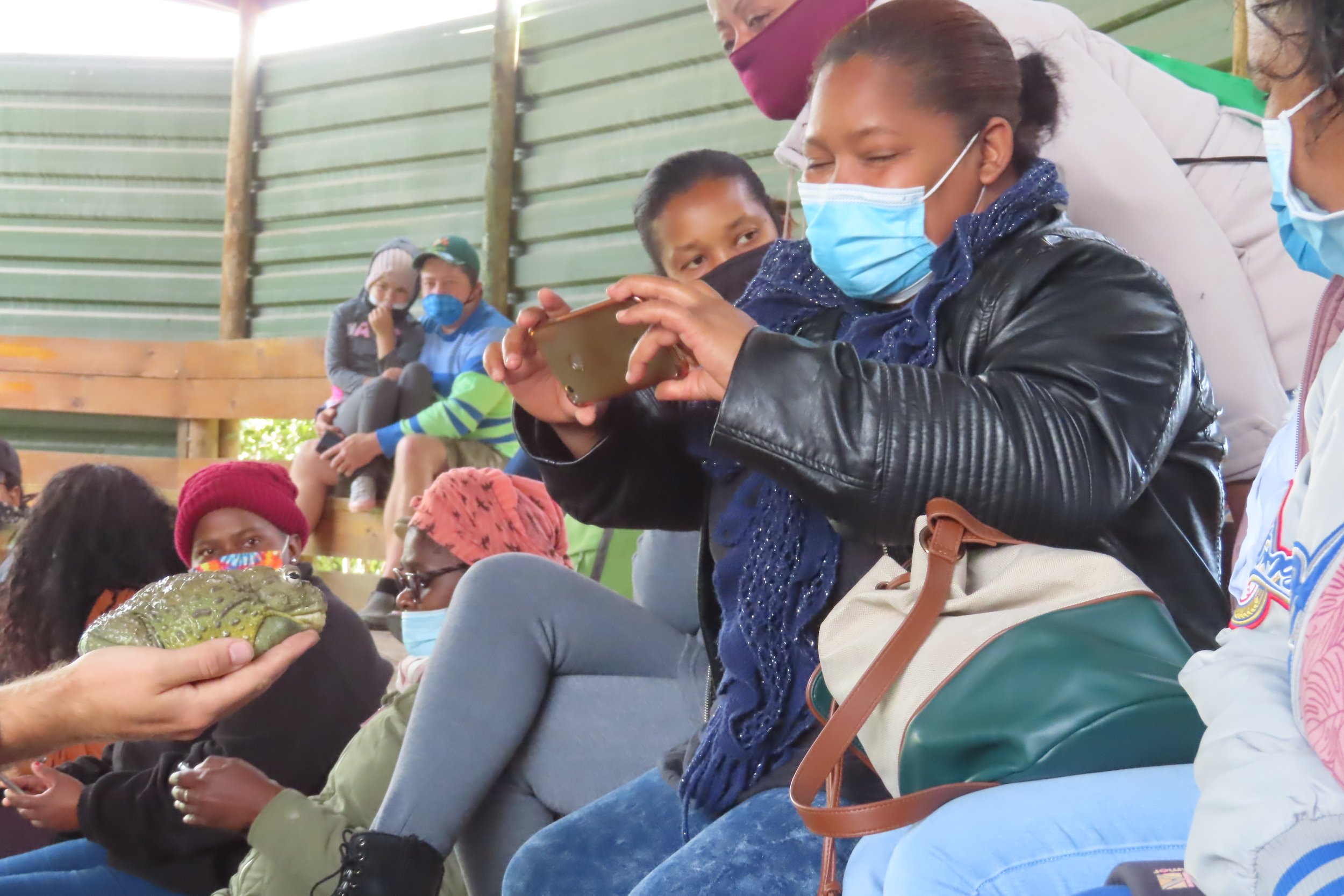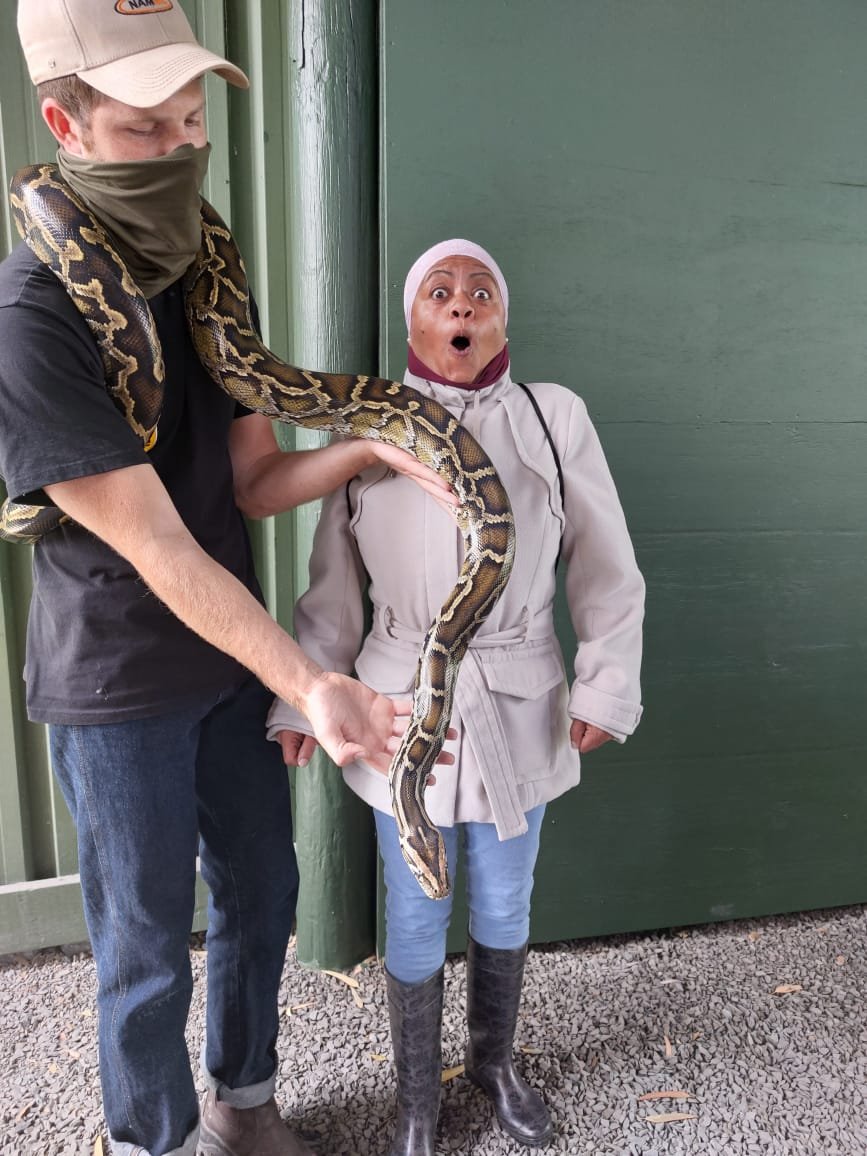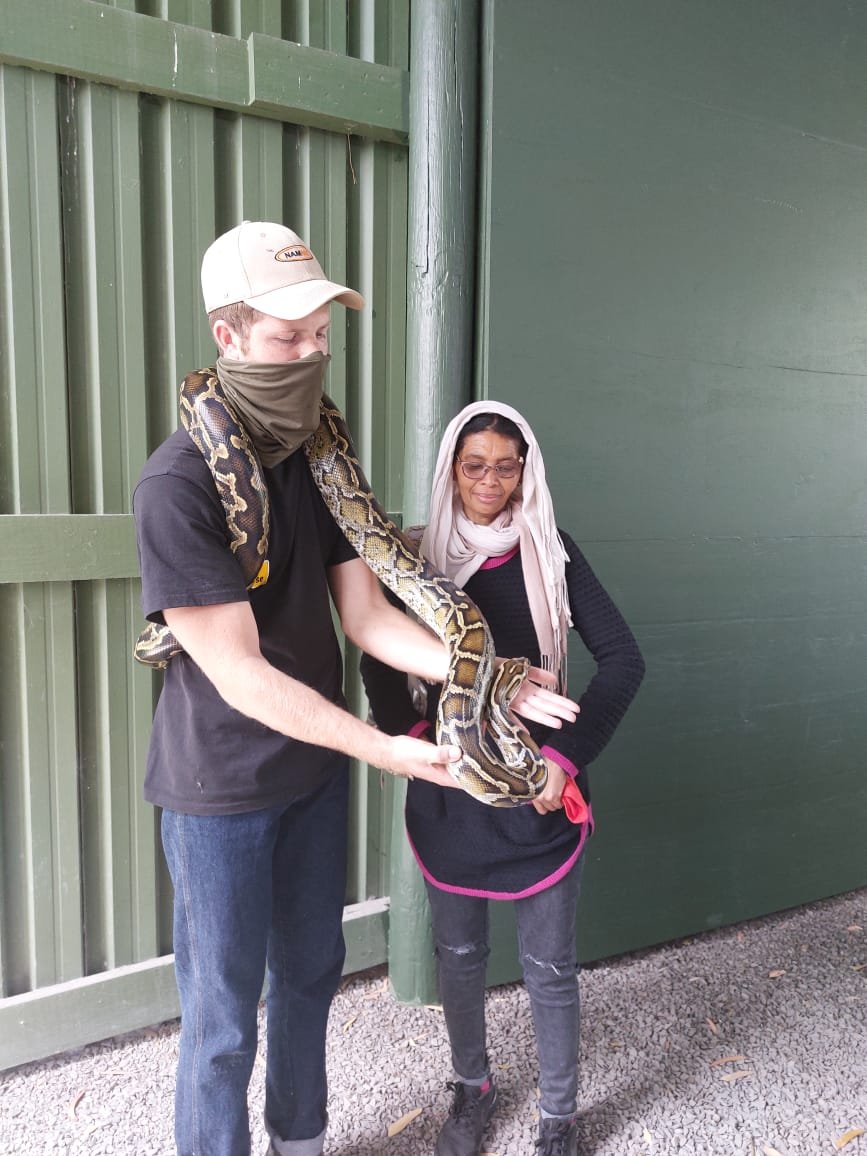In January 2022, the CWBR management team partnered with the new and growing Youth Programme at Kogelberg Biosphere Reserve, based in Kleinmond, to introduce the mobile classroom STEAM-Y (Science, technology, engineering, art, and mathematics) and its different hands-on activities. The outing was hosted by SANBI at Harold Porter Botanical Garden. The event was facilitated by all three parties sharing knowledge and engaging the group in meaningful discussion about their immediate surroundings and biodiversity.
What does one need when going on a hike in a Nature Reserve? This was a question posed to the group before embarking on the morning of exploration through the various biomes represented in the garden. A hat and sunglasses to protect the eyes and face, insect repellent to keep the pesky bugs away, a bottle of water to quench thirst, a sandwich and fruit for lunch, and sunscreen lotion of course!
With this in mind, the group ventured out into the garden and were led by the SANBI Senior Environmental Officer, along with CWBR and Kogelberg facilitators. The group explored the space with the binoculars and magnifying glasses given to them after an introductory session at the Mobile Classroom STEAM-Y. The necessities for a comfortable hike became the symbolic activity of sharing hands-on and explaining how trees, succulents, and other plants have different features that perform the same purpose.
The CWBR volunteers from Luxembourg (Athénée Action Humanitaire) spent the day with the group and shared the fascination of the plant, insect, and birdlife at the garden.
The CWBR is also assisting a Community Upliftment Project in Stormsriver Village, Tsitsikamma, which started in early 2019. The Project is run by a local lady, born and raised in Tsitsikamma, who has seen the changes in her Village as time has gone by and especially since Covid-19.
Noticing the lack of curiosity in the children, she had an urge to make a difference that effects their every-day activities. With no resources she looked around and thought about what she could do, then realized what she had to offer – her passion for the environment. She started by inviting children from the village for a nature walk every Saturday morning. The walks, taking place on a regular basis, encouraged dedicated attendance of the children who started asking more and more questions. Curiosity and excitement for their immediate surroundings was ignited, while finding more opportunities to explore in and around the surrounding areas of the village.
In December 2021, the CWBR team travelled up to the Garden Route to meet with members of the new Garden Route Biosphere Reserve board to connect and share the fantastic educational initiative happening in Storms River. The board members expressed full support for the initiative and of the existing collaboration between her and the CWBR team. As part of the December trip, an outing for the children to Tsitsikamma National Park was arranged, in collaboration with SANParks.
An educational trailer was sponsored for the project through CWBR partners Athénée Action Humanitaire, to expand on the existing nature walks and create a pop-up learning environment for the children to read, do hands-on activities, and art. A celebratory event to launch the trailer is planned for 2022 in collaboration with Garden Route Biosphere Reserve, SANParks, and partners.
Her long-term vision is to acquire a Resource Centre, where children and youth can take part in educational activities and expand their minds through reading and hands-on activities, complimented by the regular weekly nature walks.
Her Community Upliftment Project has been established one day a week with a volunteer facilitation team of five. Twenty-five children attend regularly on weekends.
She has 15 years of tourism industry experience, local and abroad, and has sat on the board of the Tsitsikamma Tourism Association. The CWBR team are honored to know her for ten years and reconnected through the CWBR facilitated FGASA Culture Guide & Life Skills course which she completed in May 2021.
The CWBR team are excited for the collaborations in youth initiatives between Biosphere Reserves and the new developments which are taking place in 2022!

